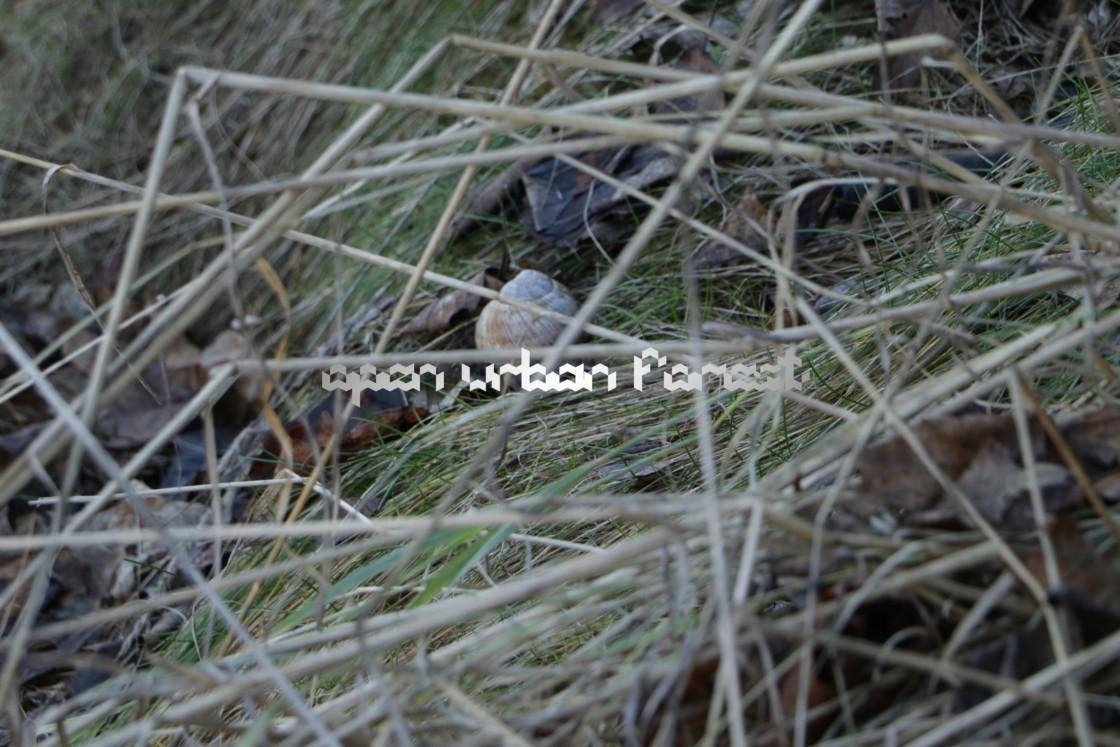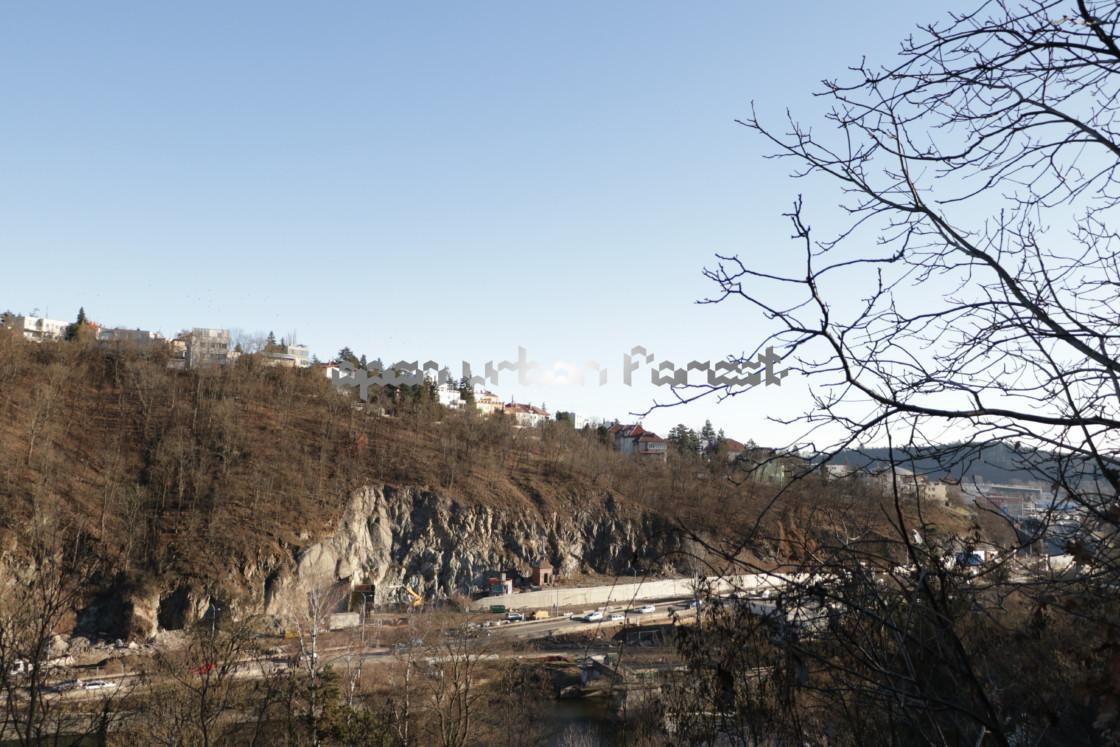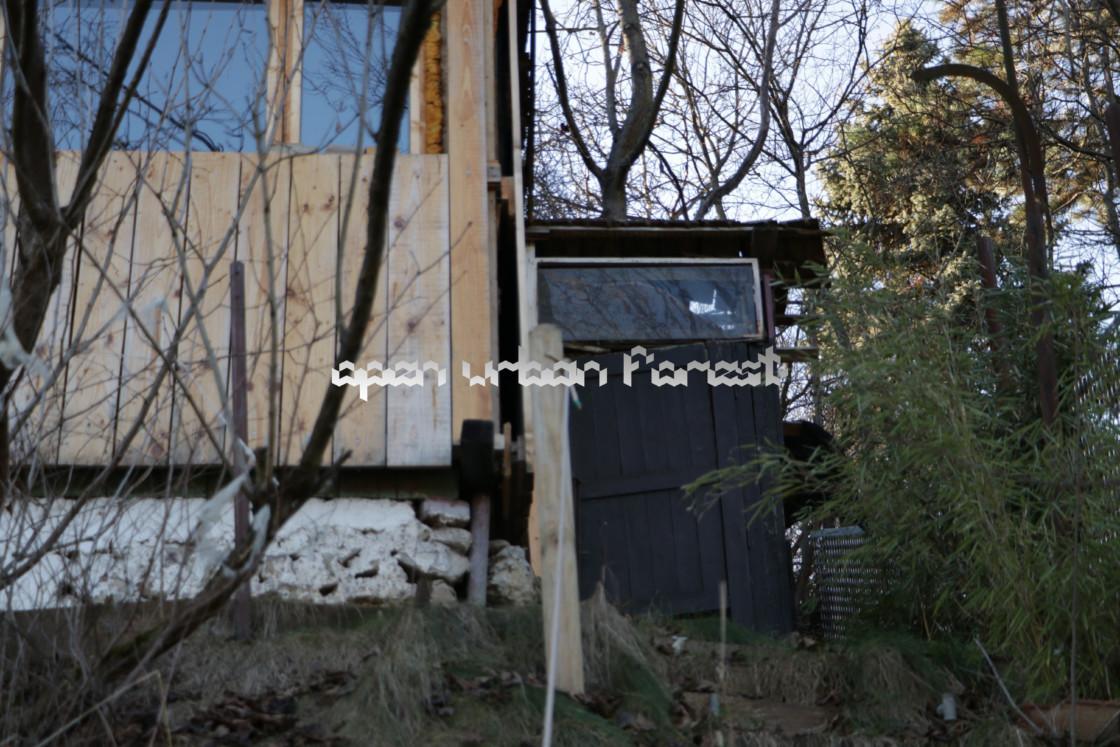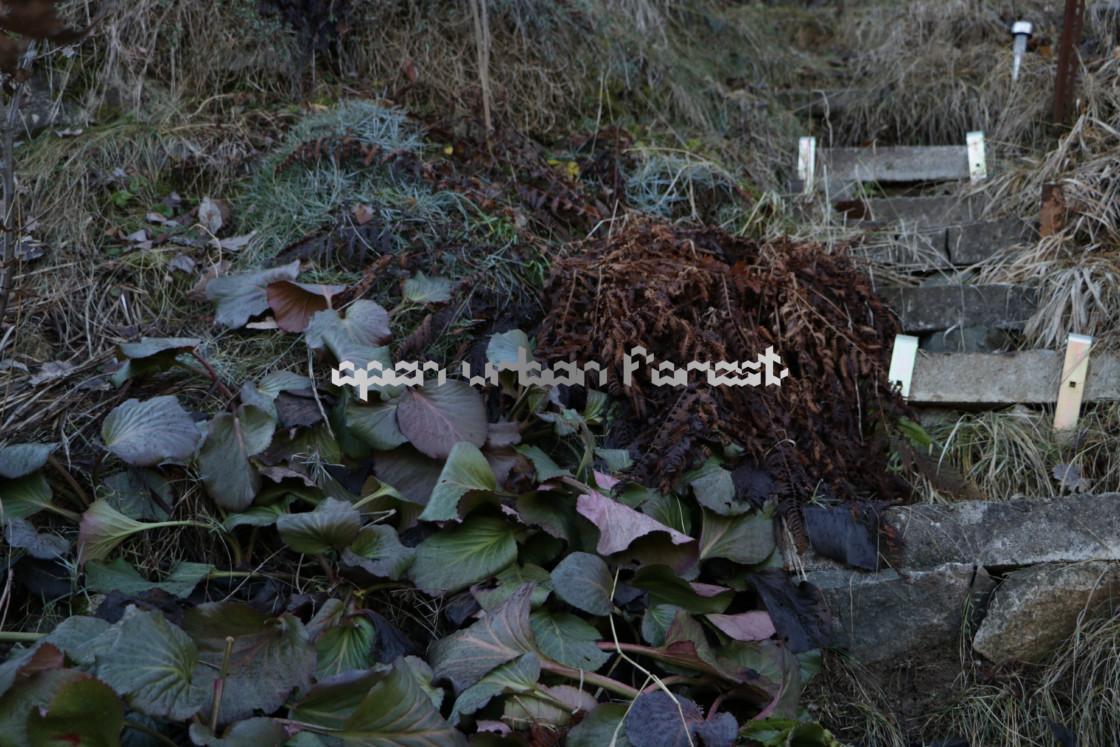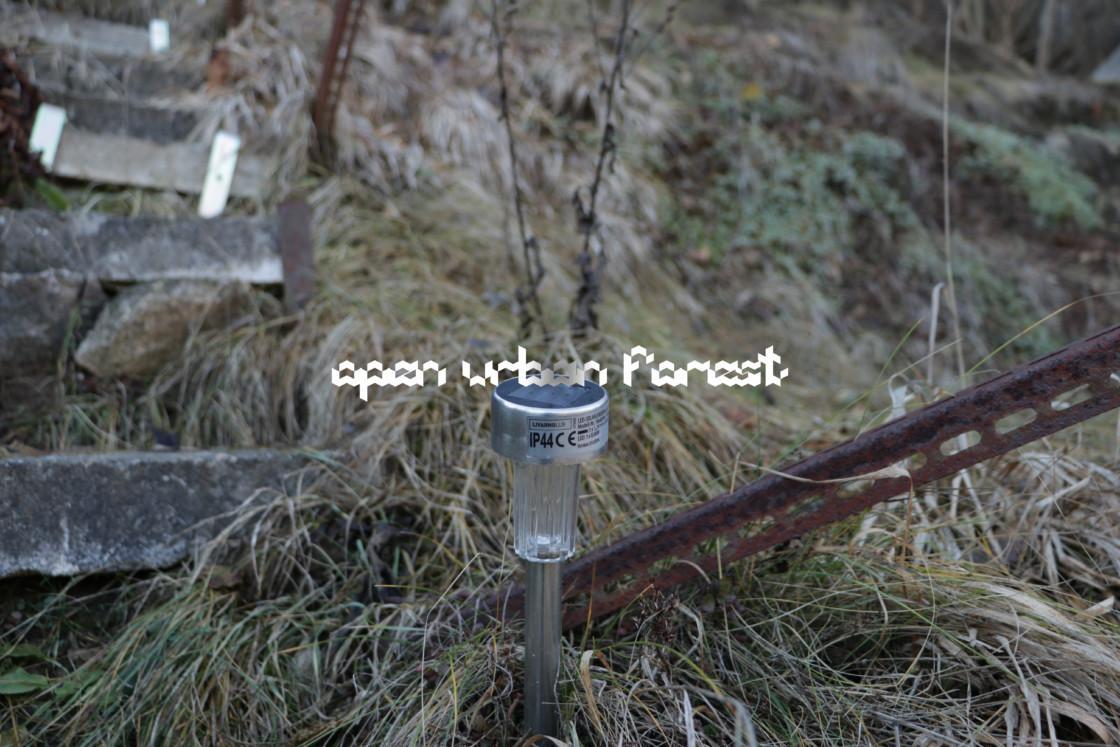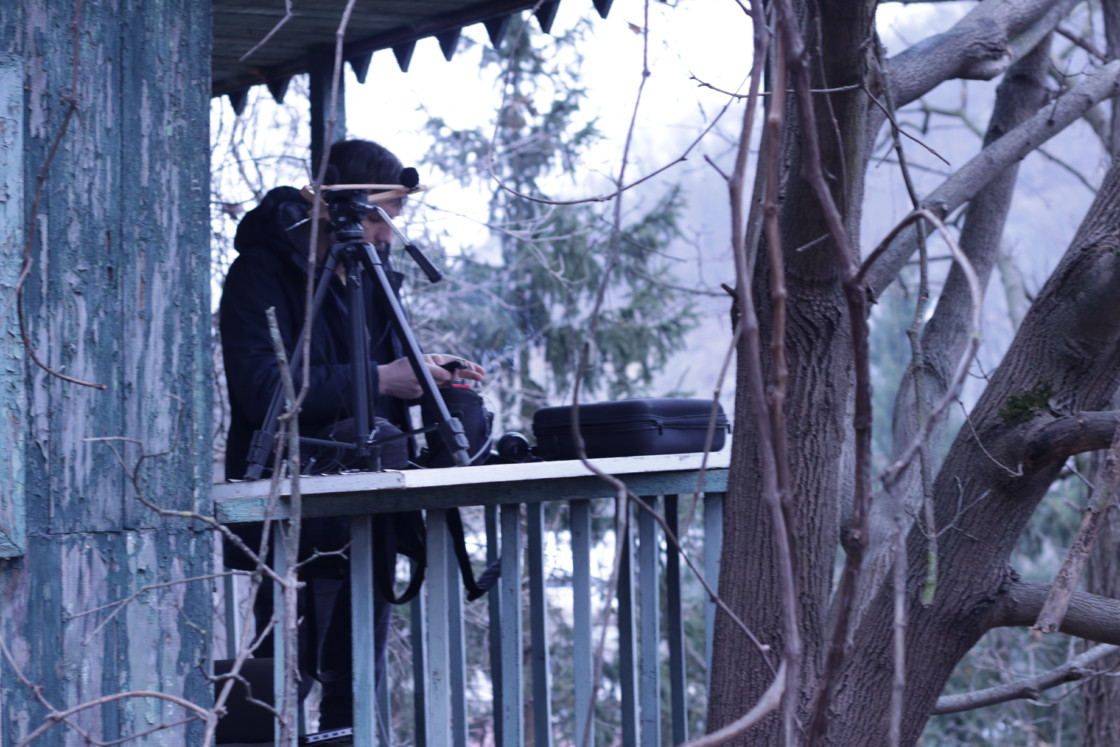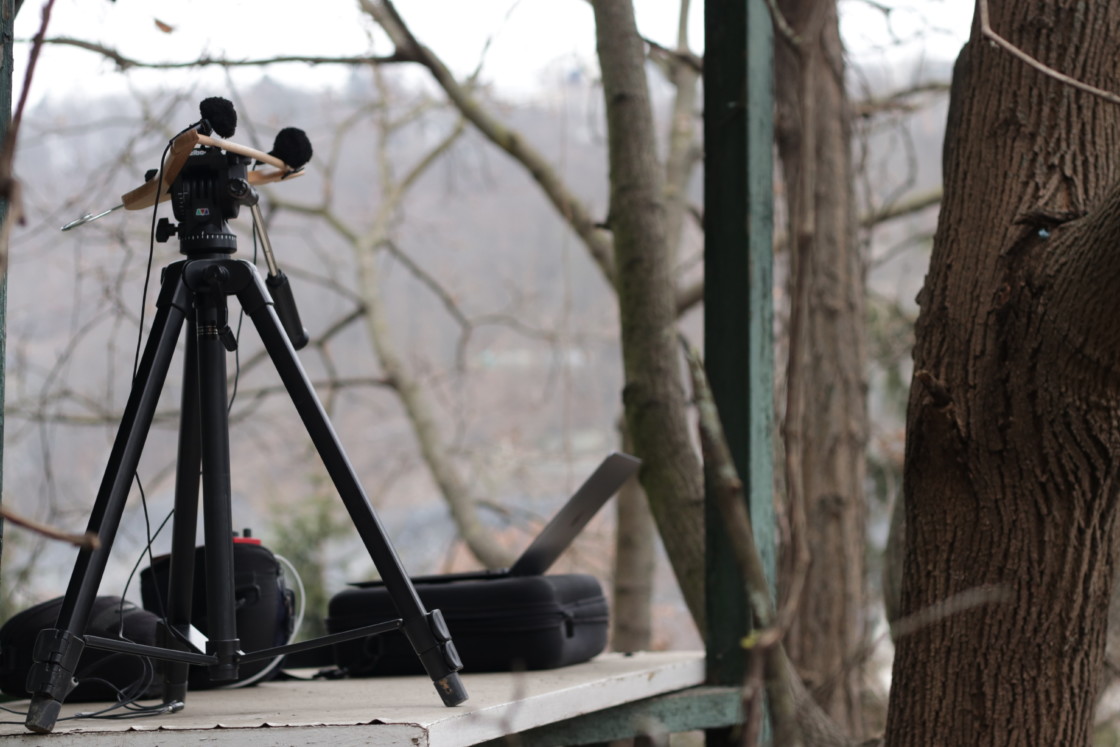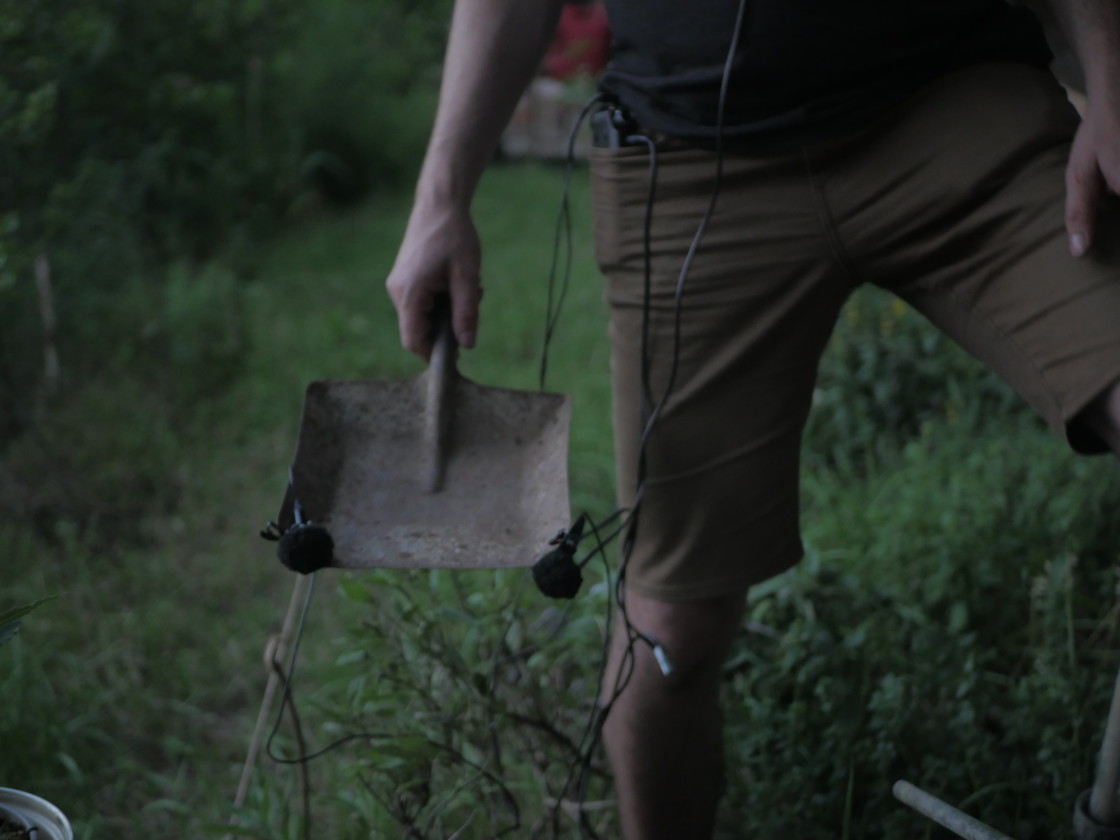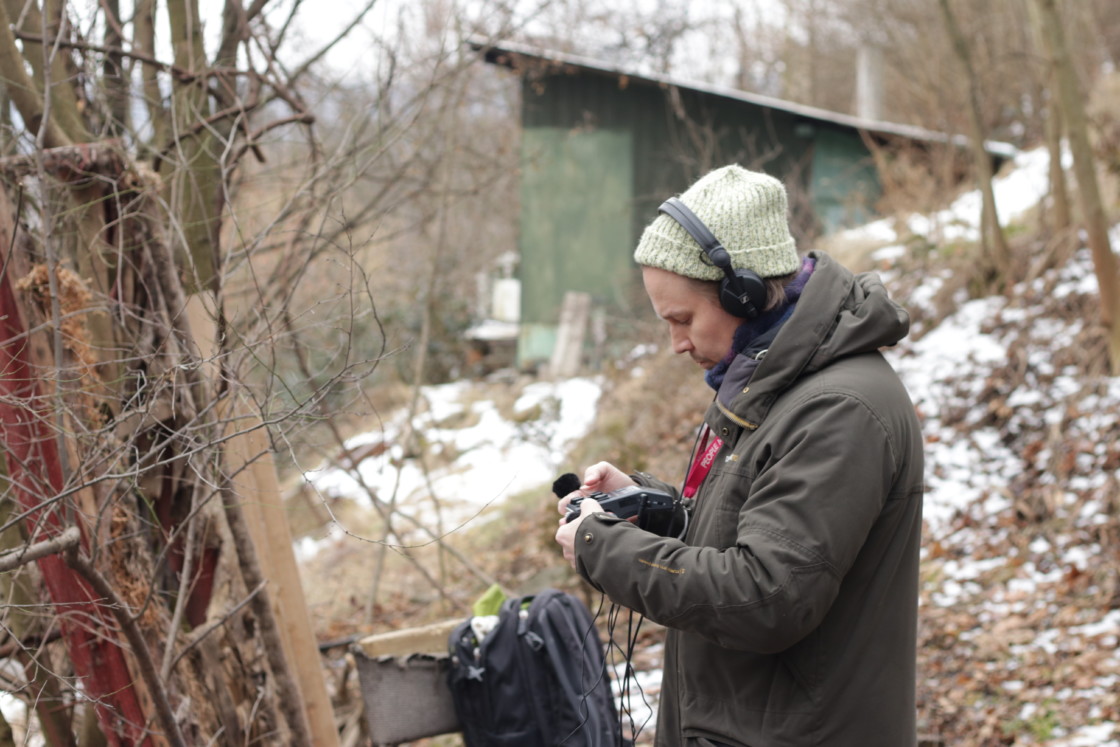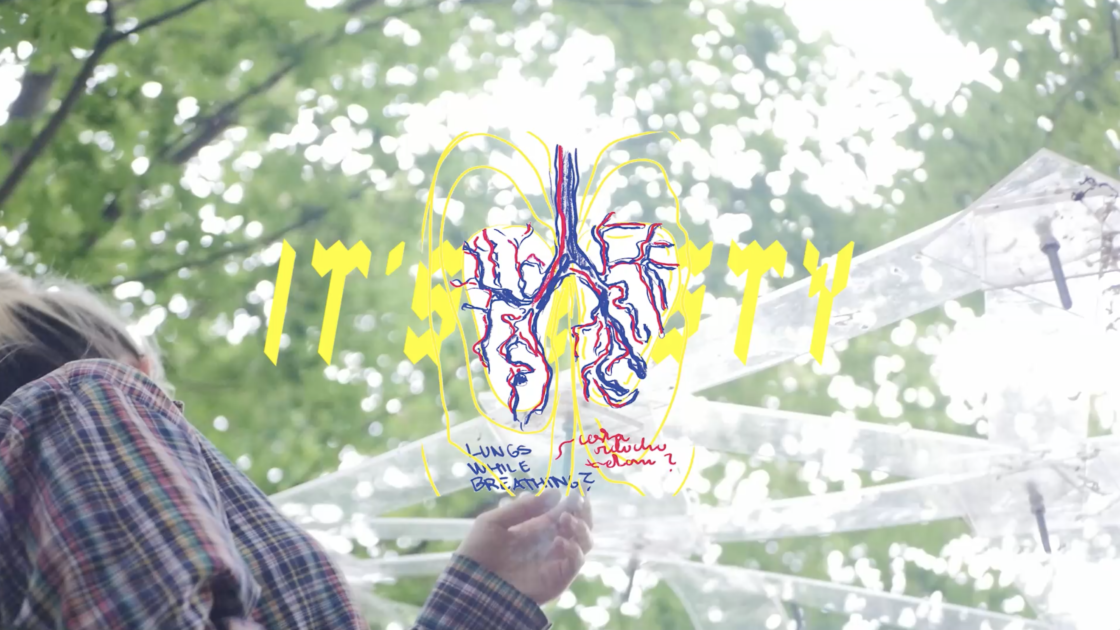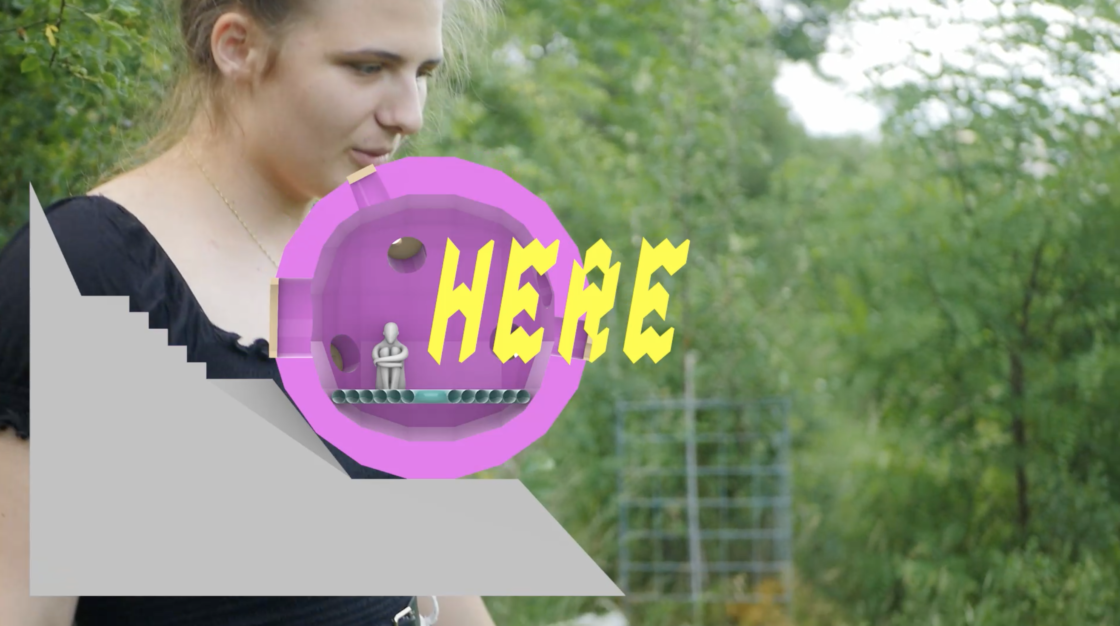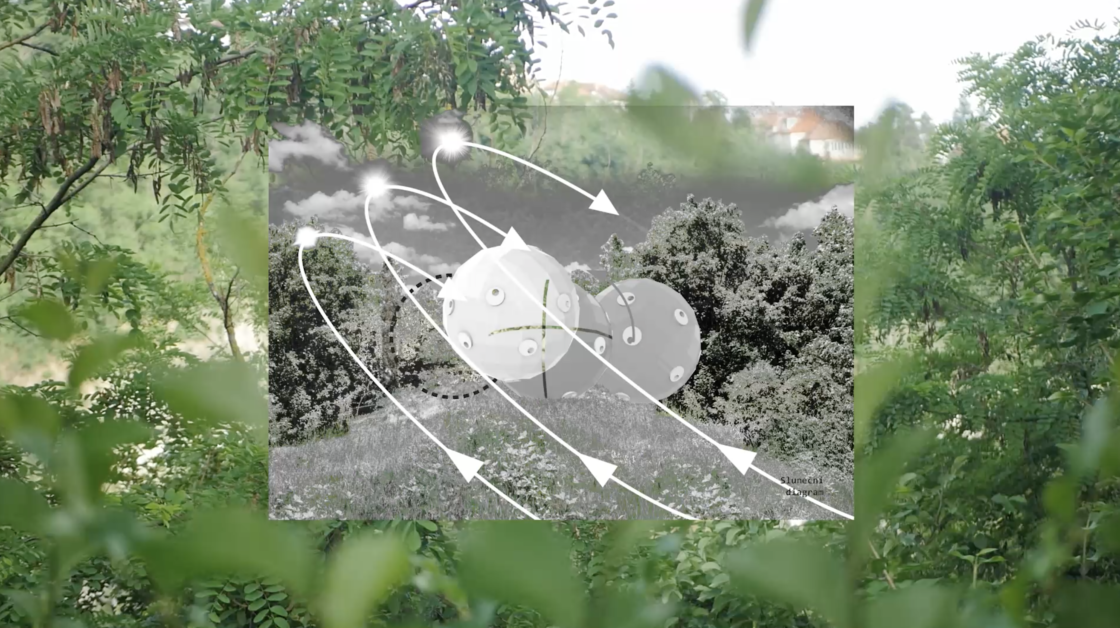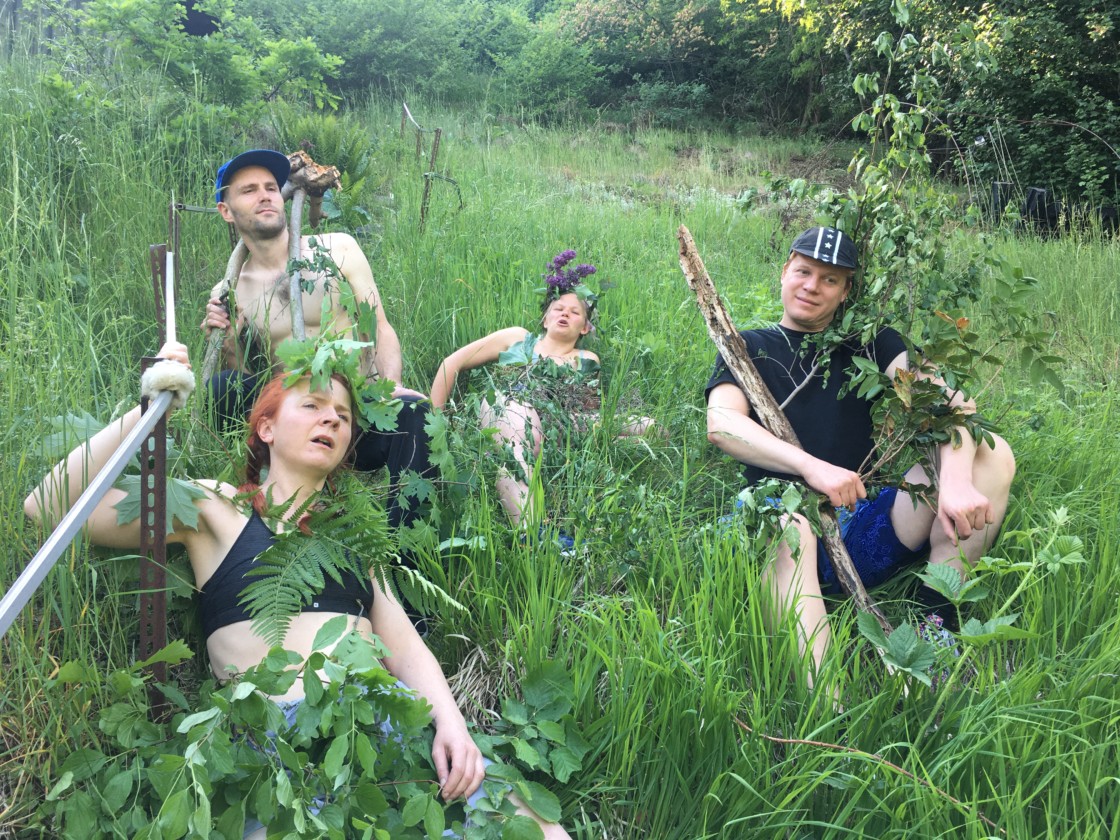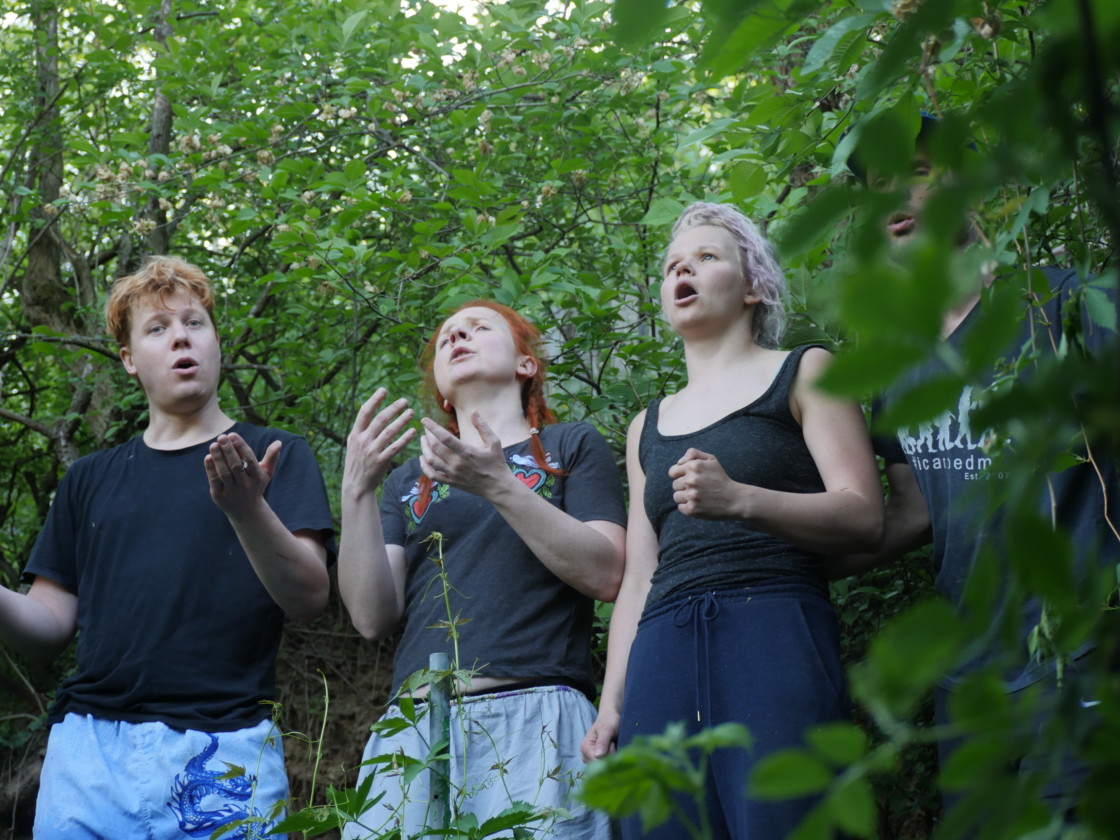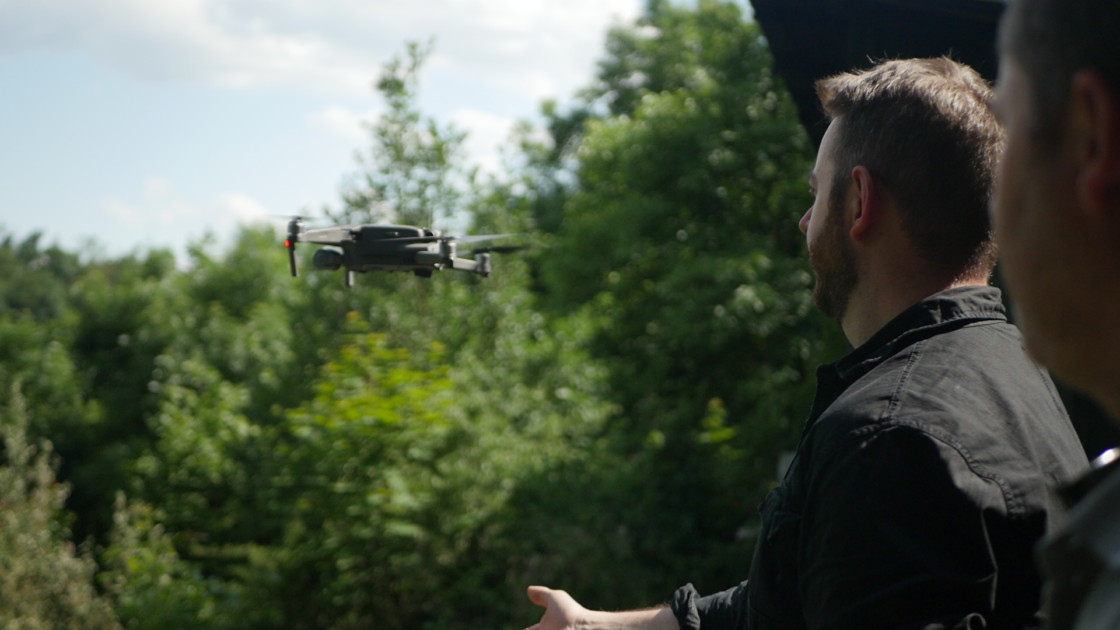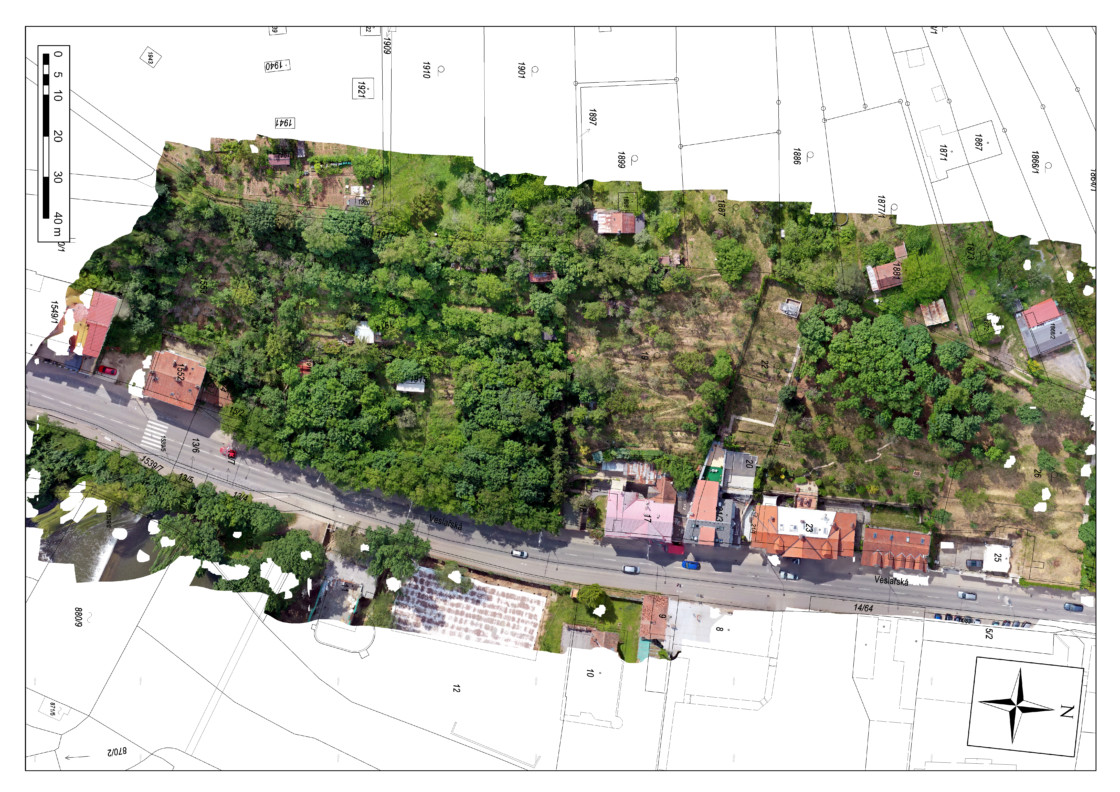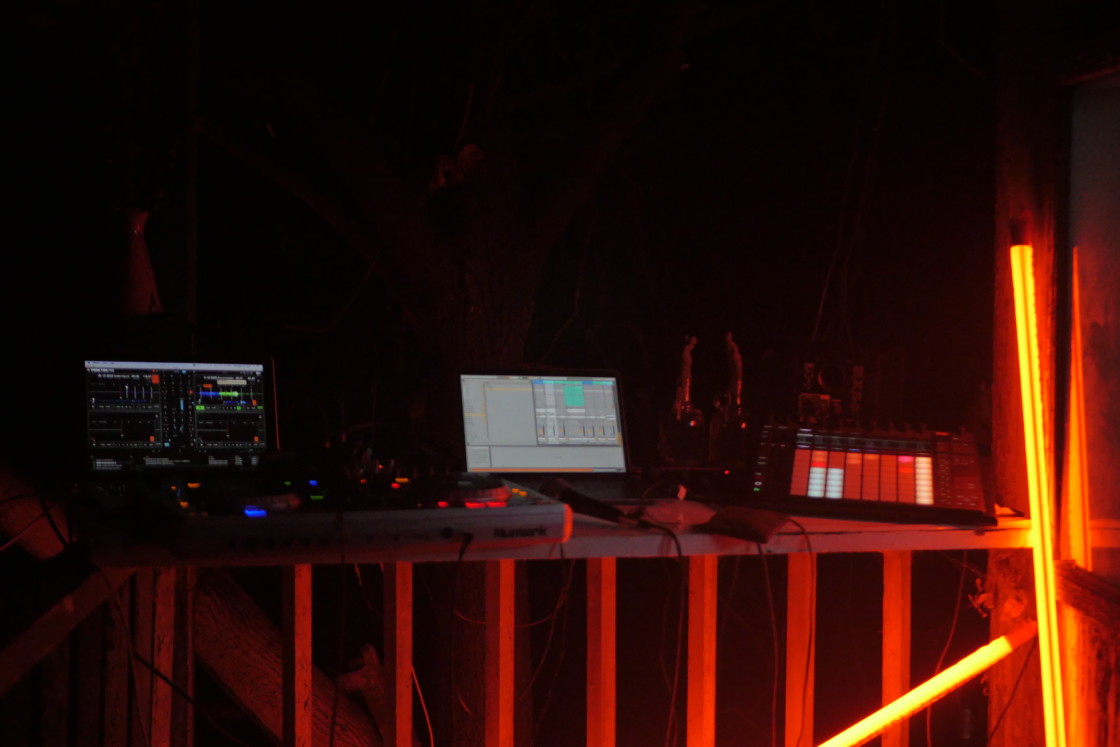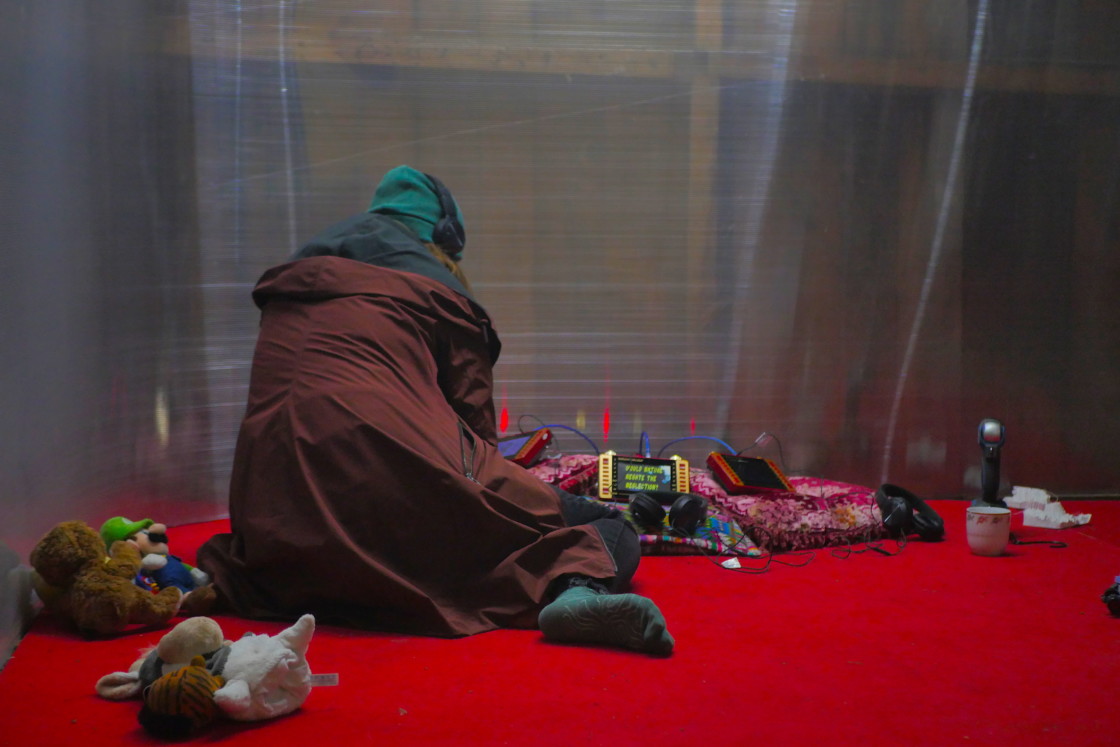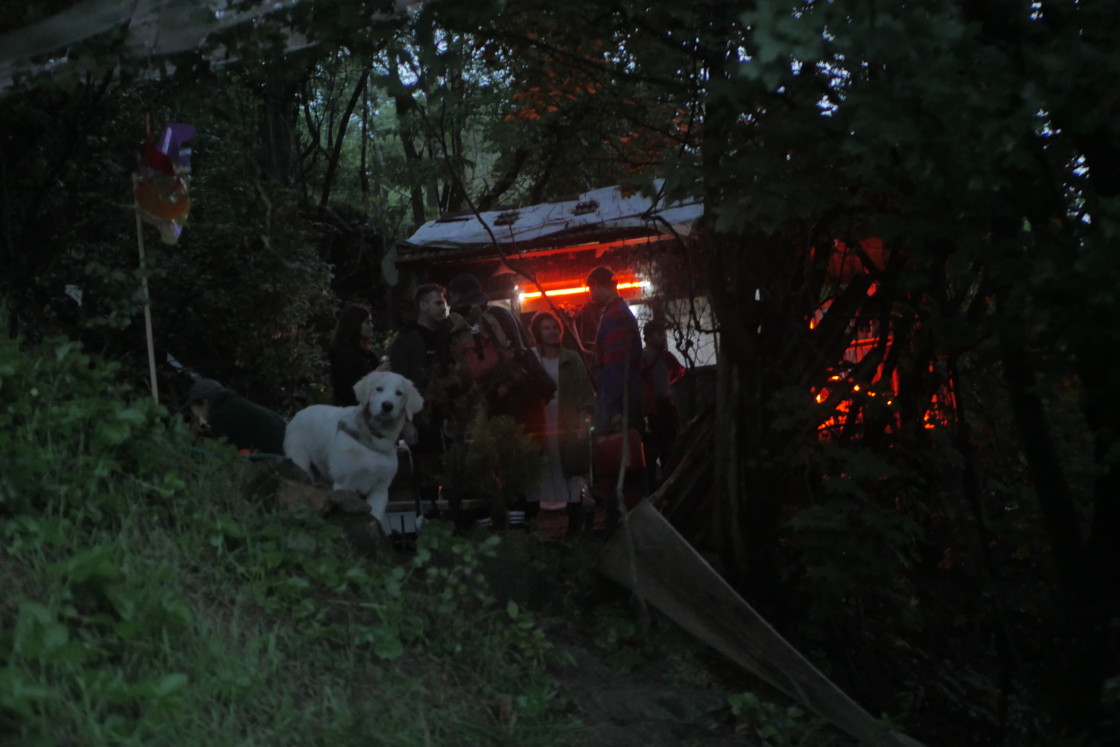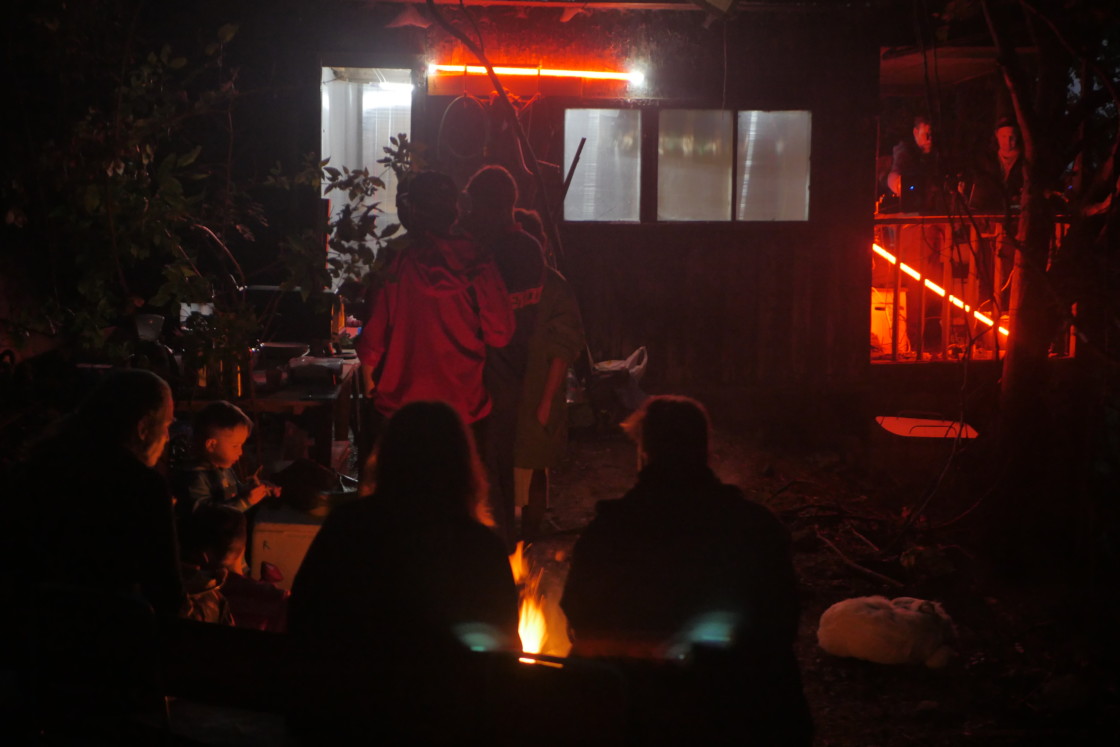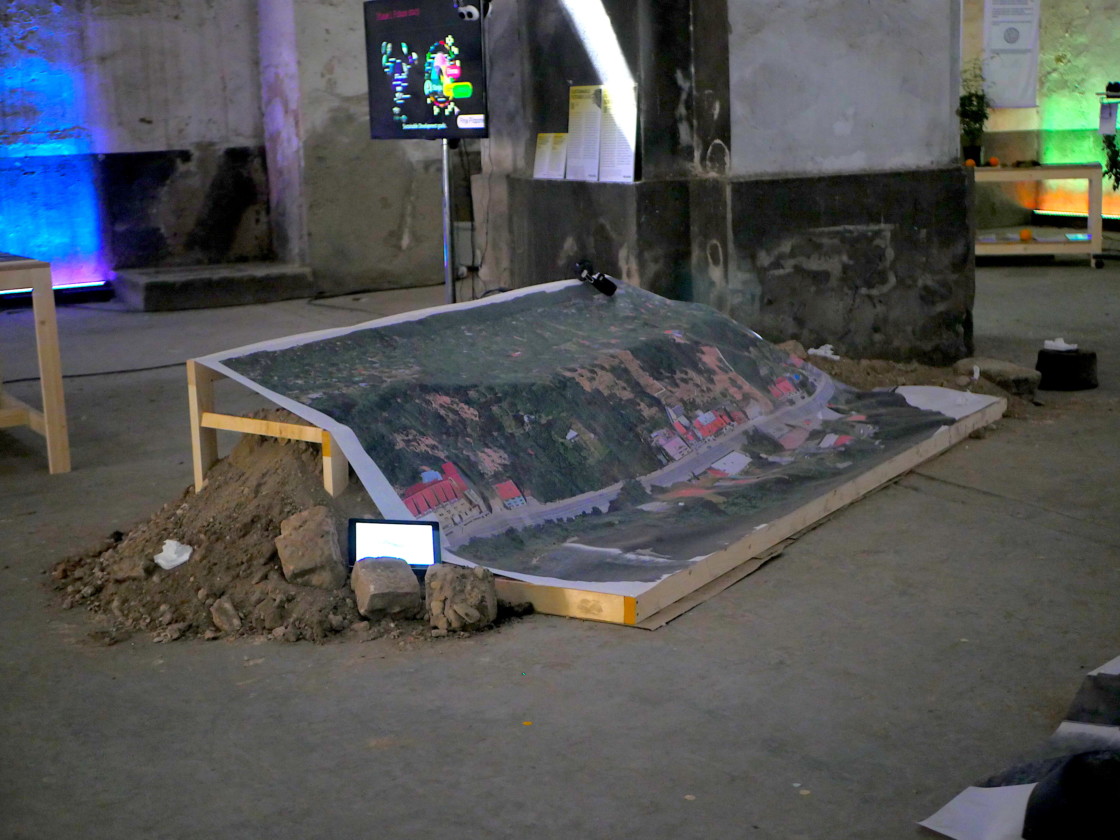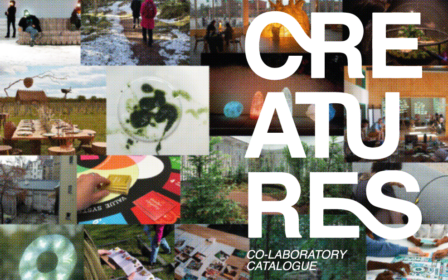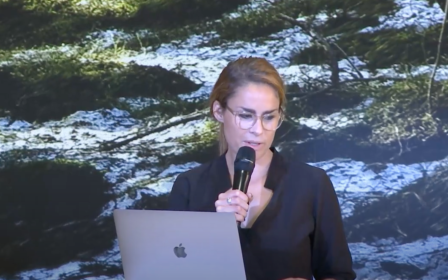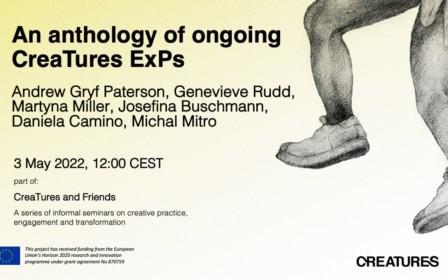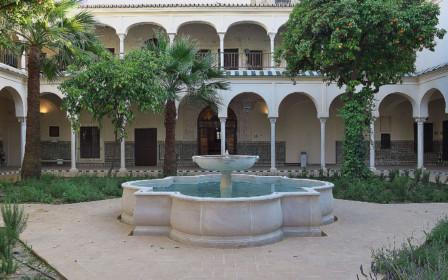The scale of human impact on the planetary ecosystem has been so profound that talking about pristine and untouched nature is more of a romantic and colonial vision of the savage than a meaningful abstraction. Yet, we tend to forget that our own bodies – flesh and bones – are not less natural than they were millennia back. The natural and the artificial are intertwined like the rhizome of the moss that covers the walls of our houses and the bark of trees. Open Urban Forest is an artistic research process exploring how the human and the more-than-human work with and around each other. These explorations are situated in the specific context of a nature-reclaimed communal site – ‘a forest-turned garden-turned forest’ – located on the steep hills of the Svratka river in Brno, Czech Republic. The research seeks to pave the way for meaningful communication and cohabitation between various agents that occupy and utilise this space.
Open Urban Forest planted at ssesi.space is an attempt to start and facilitate a meaningful and relational inter-species interaction. Combining creative research, poetic speculation, focused presence and attentiveness to the situated genius loci of the Open Urban Forest site, the project team collaborators gathered images, meanings, scenarios, sounds and other sensorial impressions and arrived at rich, layered representations of the burgeoning forest and the actors that inhabit it.
The site has been a limitless source of inspiration – and occasional frustration – for learning about the feral and the natural, at the same time as learning about the human condition and its preconditions. Describing, understanding and justifying the team’s human motivations and deeds turned out to be just as challenging as it was to attend to the local forest and its non-human dwellers.
The Open Urban Forest research strategy was to approach the site and its actors through the prism of four expert teams with the leading author, Micha Mitro, providing additional guidance given his rich, day-to-day experience with the site over the past eight years. The group understanding of the space thus evolved in an inter-subjective and pluralistic fashion. In doing so, the group hoped to reflect the complexity of actors and dynamics that they were trying to understand.
The experts in the team – from the areas of forestry sciences, architecture, sound and performance art – were asked to use their distinct knowledge, tools and skills to elaborate on diverse aspects of the Open Urban Forest space. The research was thus structured loosely and allowed a space for subjective preferences, focus and attention to detail. The group agreed to openly acknowledge their active and transformative role in the environment rather than positioning themselves as ‘objective’ observers. Despite being rather personal and site-specific, many aspects of the research can be abstracted to other scenarios of human-nature interaction.
The first group of collaborators, the AVA collective – sonic enthusiasts re-searching and re-shaping environmental sounds – were working on the site from January 2022 to September 2022 to record detailed sonic footprints of the forest and its more-than-human agents as well as its larger sonic atmosphere.
Following the goal of bringing awareness to the sonic ecologies of the forest space, they have been freely floating between the documentary and performative modes of sound recording. The results of their experimentation include minute explorations of long unused gardening utensils, water interacting with metal objects, jamming with and over heavy machinery that is used to install a road tunnel on the opposite side of the river valley, as well as site recordings made by a drone.
These results were turned into a database of sonic footprints of the Open Urban Forest space and its various surroundings at diverse altitudes and times of the day, accompanied by AVA’s written notes and reflections.
From March 2022 onwards, a group of architecture MA students led by Jan Kristek, current Dean of the Faculty of Architecture, Brno University of Technology, have speculated on various construction scenarios for the forest site and explored possibilities of more-than-human co-habitating.
Following the questions: How can we, as human designers, sensitively re-purpose existing structures to accommodate both human and non-human needs? How to design with natural elements and genius loci in mind? The group was split into pairs to approach certain functional elements at the site from diverse perspectives: fire and food, air and wind, earth and sleeping, water and washing, sunlight and shade.
The results of the groups’ four-month effort were novel and site-specific, yet they remained undoubtedly anthropocentric: their construction scenarios involved materials such as acrylic, polystyrene and concrete although there was one that embraced up-cycled wood planks to create a gateway connecting ‘the wild’ with ‘the cultivated’.
As a follow-up to the presentation of students’ proposals, one more visit to the forest was arranged (June 2022). The aim was to spark the students’ imagination and try to bring their attention away from the human and towards what and who surrounds us. This re-framing of the situation was a huge lesson for all involved: the students were positively challenged; Michal discovered how difficult it can be to explain why one should care, design and cater with more-than-human perspectives in mind in a concise manner. All in all, the conversations yielded some interesting additions to what was originally proposed, and sparked curiosity about every site involved.
On 14th and 15th of May, the post-dramatic theatre company d’Epog conducted on-site research and consequently a three-hour-long performance titled d’Epog exists at the green fields. The five-member group explored how human and more-than-human bodies co-exist, co-act and inter-act together in the intensified reality of extended focus.
The group managed to create a very convincing metaphor connecting the subjective and corporeal, physical, geographical and political: their physical struggle navigating the seemingly ever-rising, steep and sloped ‘forest-turned garden-turned forest’ resonated with ever-increasing acceleration, progress and reoccurring socio-economic and personal crises.
On the 2nd June 2022, Associate Professor of forestry Radek Pokorný and his team from Mendel University’s Forest Department visited to create an ortho-photogrammetric model of the whole site and discuss the possibilities of its re-wilding. Acknowledging the upcoming ‘dry century’, Pokorný proposed that the rocky surface recently unveiled due to road construction on the slope opposing the forest will reflect even more sunlight and heat on the Open Urban Forest site – something to be considered when planting or cutting the local vegetation.
Some of the most prominent and recurring features that emerged across all the expert groups and their research visits have less to do with the exploration of the space itself (its actors and its dynamics) than with reflecting our very human nature, our habits, preconceptions, imperfections and failures – in a multitude of shapes. We were constantly reminded that it is us humans conducting the research on the forest’s non-human inhabitants and not the other way around. That the motivations are ours, the egos are ours and the failures are ours too.
Emerging outcomes of the Open Urban Forest project were showcased at various public occasions, including the CreaTures Festival in Seville, Spain (June – July 2022) and an on-site exhibition at the Open Urban Forest space itself.
As the project has a strong thematic alignment with the Open Forest Collective’s work, the site has been included as a patch to the Feral Map. Here, stories sprouting from the Open Urban Forest project were added to enable a further exchange of forest stories.
